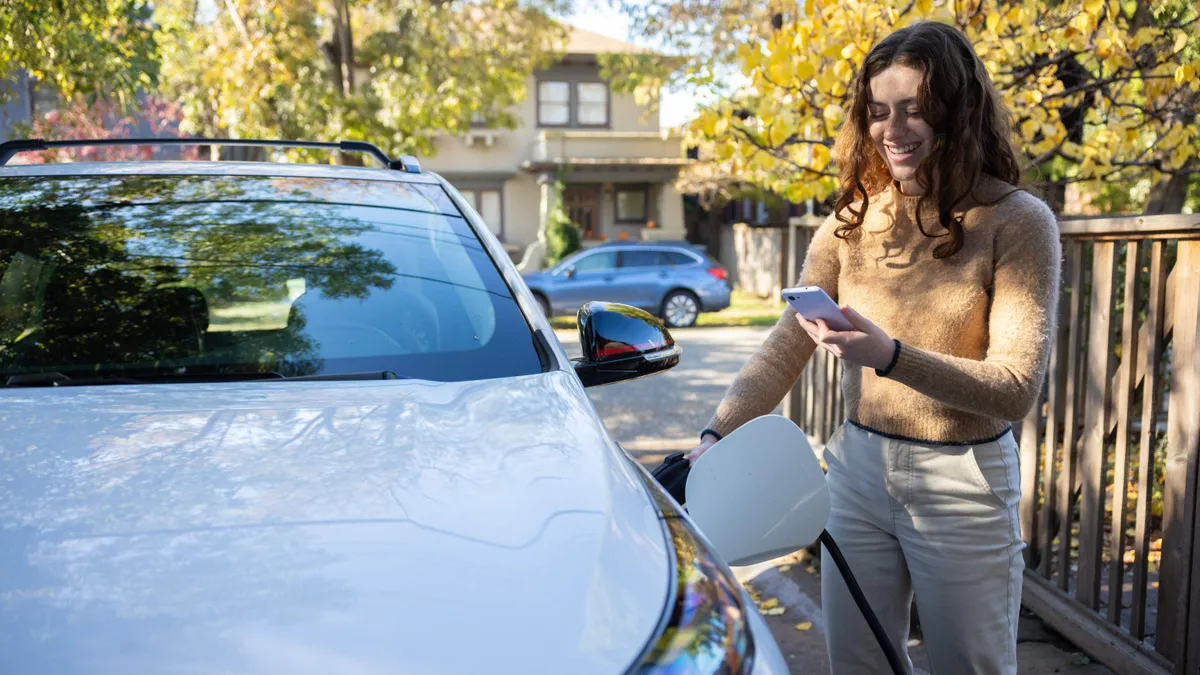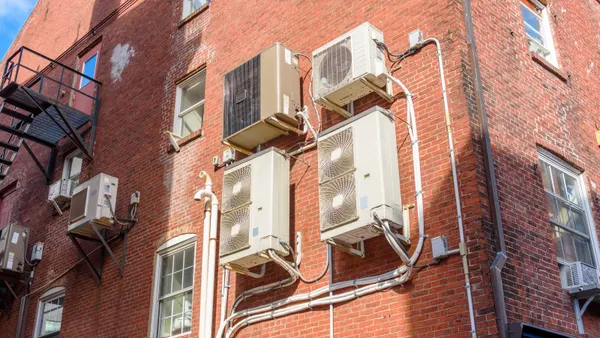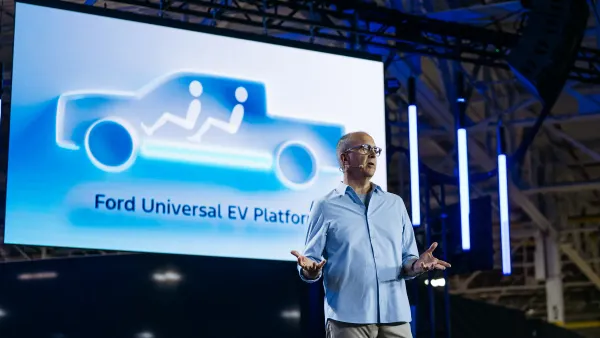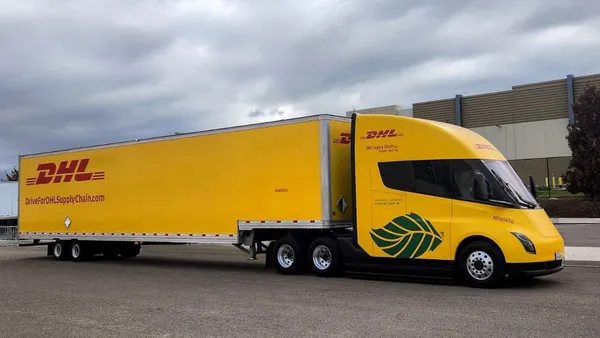Managed charging is starting to scale. Utilities and regulators recognize its potential to shift EV charging to low-cost times, balance the grid, and put downward pressure on rates. But there’s a growing issue: not all managed charging approaches are created equal.
A quiet divide merits more attention. Some companies rely on commercial partnerships with automakers to enable secure, authorized integrations. Others are leveraging screen scraping and unsanctioned API workarounds to capture vehicle data and reverse engineer charging controls.
The difference is not merely technical. It’s about whether managed charging and virtual power plants can scale cost-effectively, securely, and reliably.
Why screen scraping is a problem
At first glance, screen scraping seems like an easy shortcut. Just pull data from automakers’ apps and seek to control charging, right? In reality, it’s unreliable, less secure, and fundamentally flawed for utility operations that depend on real-time, high-fidelity data and controls to manage the grid.
1. It’s unstable and breaks without warning
Screen scraping relies on automaker app interfaces, which change frequently. When an automaker updates its security protocols, the connection breaks—leaving utilities and drivers without access. In many cases, drivers turn to online forums trying to figure out why their car isn’t working. This is because their automaker isn’t involved.
2. It creates cybersecurity risks
Screen scraping often requires storing sensitive user credentials (usernames, passwords) outside of automaker-controlled systems. This introduces potential security and compliance risks, exposing automakers, utilities, and their customers to cyber threats. Other industries, like banking, are moving away from similar practices. The energy industry must follow suit.
3. It limits grid optimization
Screen scraping only provides basic driver app data and controls, like start and stop charging actions. It often lacks access to normalized battery state-of-charge, charging power levels, or advanced charging coordination controls, which are essential for enabling distribution optimization and bidirectional charging. Some platforms attempt to compensate by frequently pinging the vehicle, leading to 12-volt battery drain issues.
4. Automakers are shutting it down
Several automakers have already blocked or taken legal action against companies using screen scraping, citing violations of terms of service. As a result, utilities that depend on vendors employing these methods face the risk of sudden disruptions and weakened program performance. This isn’t just a theoretical concern. Utilities working with screen-scraping vendors have already been forced to make major modifications to their program designs to compensate for these limitations.
The right approach: Direct, authorized integrations and partnerships
The alternative is clear: direct, authorized integrations and partnerships. Connections approved and enabled by automakers create a stable, secure, and scalable foundation for managed charging. These partnerships provide structured, well-documented access to vehicle telematics, ensuring data accuracy, long-term reliability, and compliance with cybersecurity best practices.
Authorized integrations and partnerships also allow for a deeper level of grid-responsive charging. While screen scraping is limited to what’s available in a consumer’s app, API-based solutions and partnership-enabled integrations can provide real-time energy optimization, aligning EV charging with grid needs at a much more granular level.
Managed charging is too important to be built on unreliable and insecure workarounds.
The results in action
Utilities like Baltimore Gas & Electric (BGE) are already proving that this approach works. Its managed charging programs, supported by WeaveGrid using direct, authorized integrations, are reducing system peaks while minimizing the non-coincident peaks on the distribution system. These programs have demonstrated cost-effectiveness, and the Maryland Public Service Commission approved an expansion for its Smart Charge Management Program to 30,000 participants.
A call to action for utilities and regulators
As managed charging programs grow, utilities and regulators must set a higher bar for how vehicle data and controls are accessed. This means:
- Requiring solutions that use authorized APIs and partnerships with automakers rather than screen scraping and reverse engineering approaches;
- Asking companies rigorous questions about how they obtain vehicle data and controls and the status of their automaker partnerships, ensuring cybersecurity and long-term program stability; and,
- Designing managed charging programs with an emphasis on security, scalability, and customer trust.
The Edison Electric Institute (EEI) projects that more than 26 million EVs will be on the road by 2030, and McKinsey anticipates that 95% of new vehicles will be software-connected. Given these projections, the industry faces a choice: build managed charging on a solid foundation or resort to screen scraping approaches that may falter when they are most needed.
The bottom line
The future of managed charging depends on secure, scalable partnerships, not screen scraping. Now is the time to get it right.









